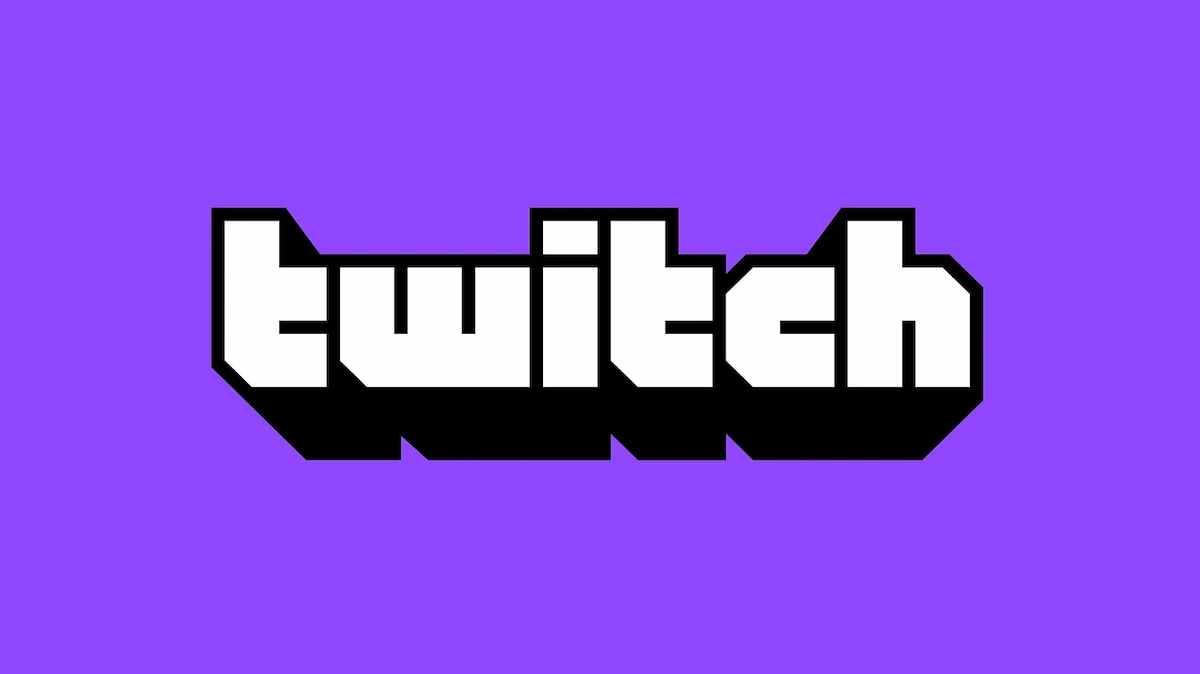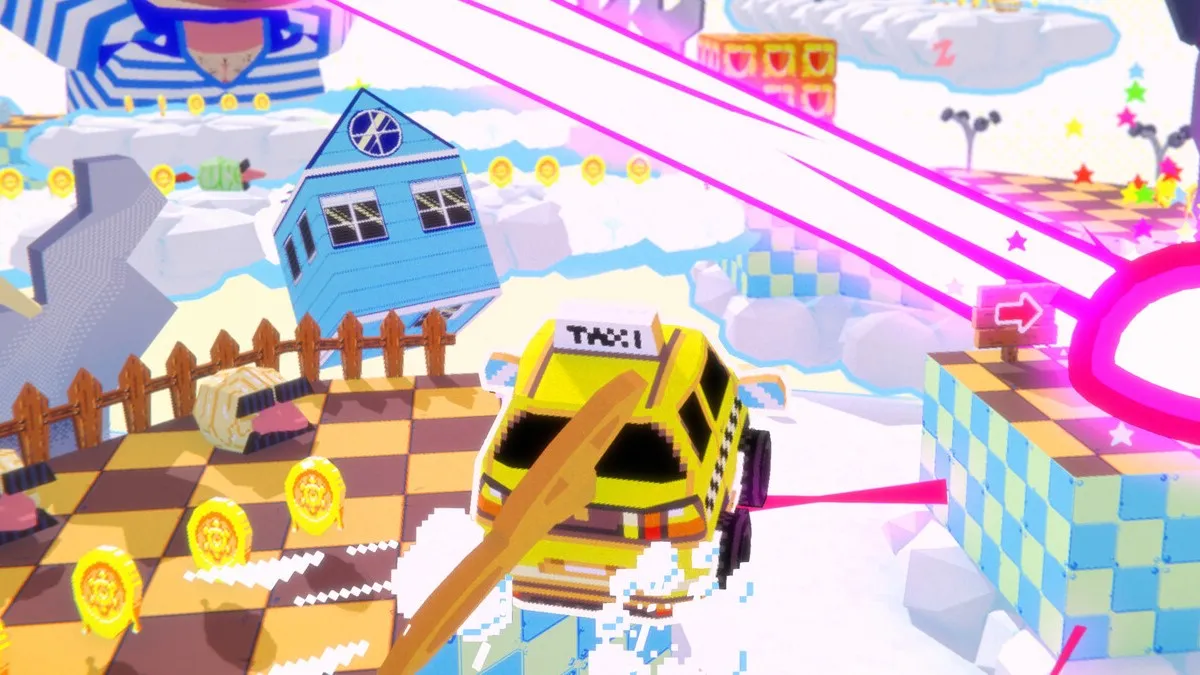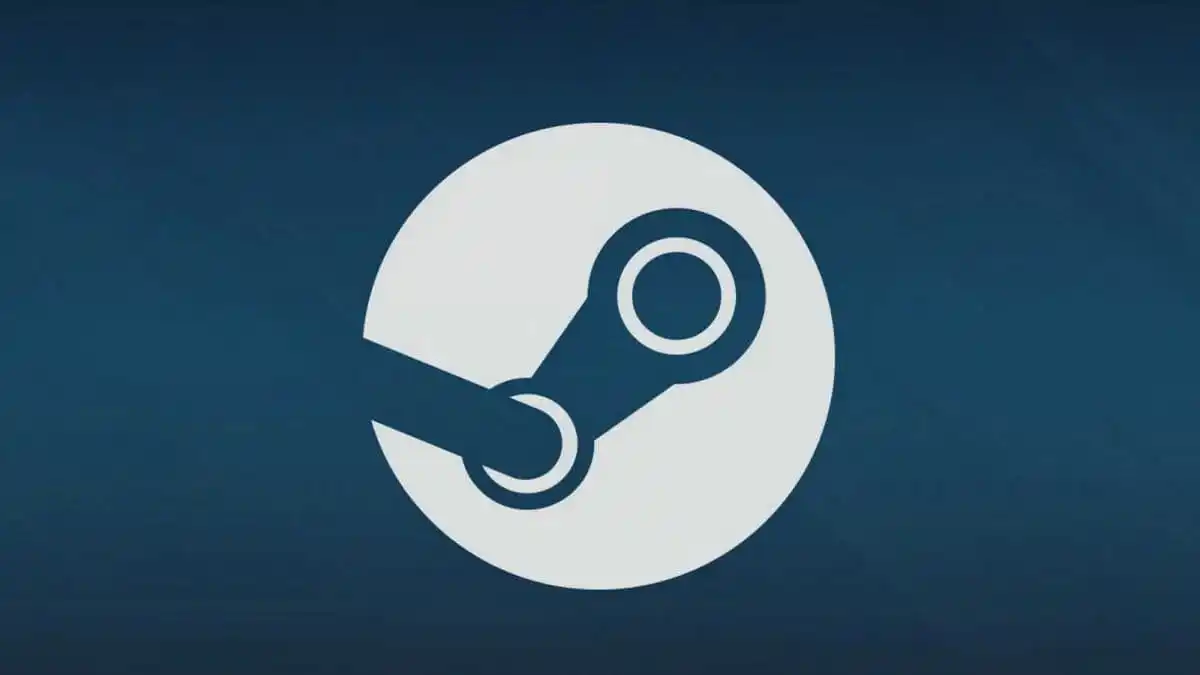Nintendo never looked at Super Smash Bros. as a competitive or eSports game. It’s one of the company’s best-selling titles, and will almost certainly sell a record number of Wii U consoles when it arrives later this year. However, despite all of the great press coming out of E3 2014 about the new Smash, the competitive scene is somewhat hesitant.
For the first time ever, Nintendo held a Smash Wii U invitational tournament during E3. The company invited 16 top players (some more well-known than others), the best commentators in the business and Geoff Keighley to take part in an event that many hoped would mark the beginning of a long relationship between Nintendo and the competitive Smash community.
There were some issues with the rules of the event, but minor gripes aside, it was a “smashing” success for all parties in attendance, except the competitive players. The crowd was more excited than the best crowds at any major sporting event. Droves of people turned up cosplaying their favorite Smash Bros. characters, and many had their GameCube controllers on-hand just in case there was a chance to play the new game.
Despite all of this effort and the success of the endeavor, the reaction from the competitive Smash community was mixed, and for good reason. There are two main issues with the current build of Smash Wii U. The first is that the game is too “floaty”. What that means is that jumps are slow and leave characters lingering in the air a bit too long. If you compare a typical jump in Smash Brawl to a jump in Smash Melee, you’ll see a big difference. The jumps in Melee are fast and responsive, while the jumps in Brawl are slow and cumbersome. The jumps in the new Smash fall between Melee and Brawl, but closer to the Brawl side.
The second issue is that there’s very little advanced movement in the game. In Smash Melee, players use meticulous hand movements to create what is referred to as “wave dashing” or “dash dancing”. The simplest explanation is that players can use advanced movement to drastically increase both the speed and agility of the characters in the game. This is a technique that is not present in Brawl, and one of the many reasons Melee is heavily favored among the competitive community.
When it comes down to it, the new Smash plays more like Brawl than Melee, and that’s awkward from competitive standpoint. To give you an example, check out the grand finals match of the invitational tournament. It featured Zero Suit Samus (ZSS) and Kirby. Kirby is a close-range fighter who needs to be right next to an opponent to be a threat. Meanwhile ZSS attacks from a distance, keeping opponents away from her. In the grand finals, ZSS kept Kirby out with her various long-range attacks, and there was little Kirby could do about it. At times it was painful to watch Kirby make every attempt to get inside, and still end up losing the confrontation.
If the new Smash played more like Melee with advanced movement, Kirby would have had all the tools he needed to go toe-to-toe with the long-ranged attacks from ZSS. The ZSS player wouldn’t be able to aimlessly use those attacks. Instead, the attacks would have to be planned and used at precise times to make them effective. When used incorrectly, Kirby could dash dance away from the attack, then quickly wave dash back toward ZSS to punish the incorrect use of the attack. Yes, there are bad match-ups in almost every fighting game, but advanced movement helps to level the playing field and minimize some of these bad match-ups. Overall, it makes the game more entertaining at a competitive level, while not changing much at all for the casual players.
Luckily, there’s a very easy fix to this problem. All Nintendo has to do is add the advanced movement back into the game. With this one addition, the game would still be a bit “floaty,” but the return of advanced movement would more than make up for it. The game would get major attention at almost all fighting game tournaments, and the competitive scene would have a new Smash to play for the next decade.




